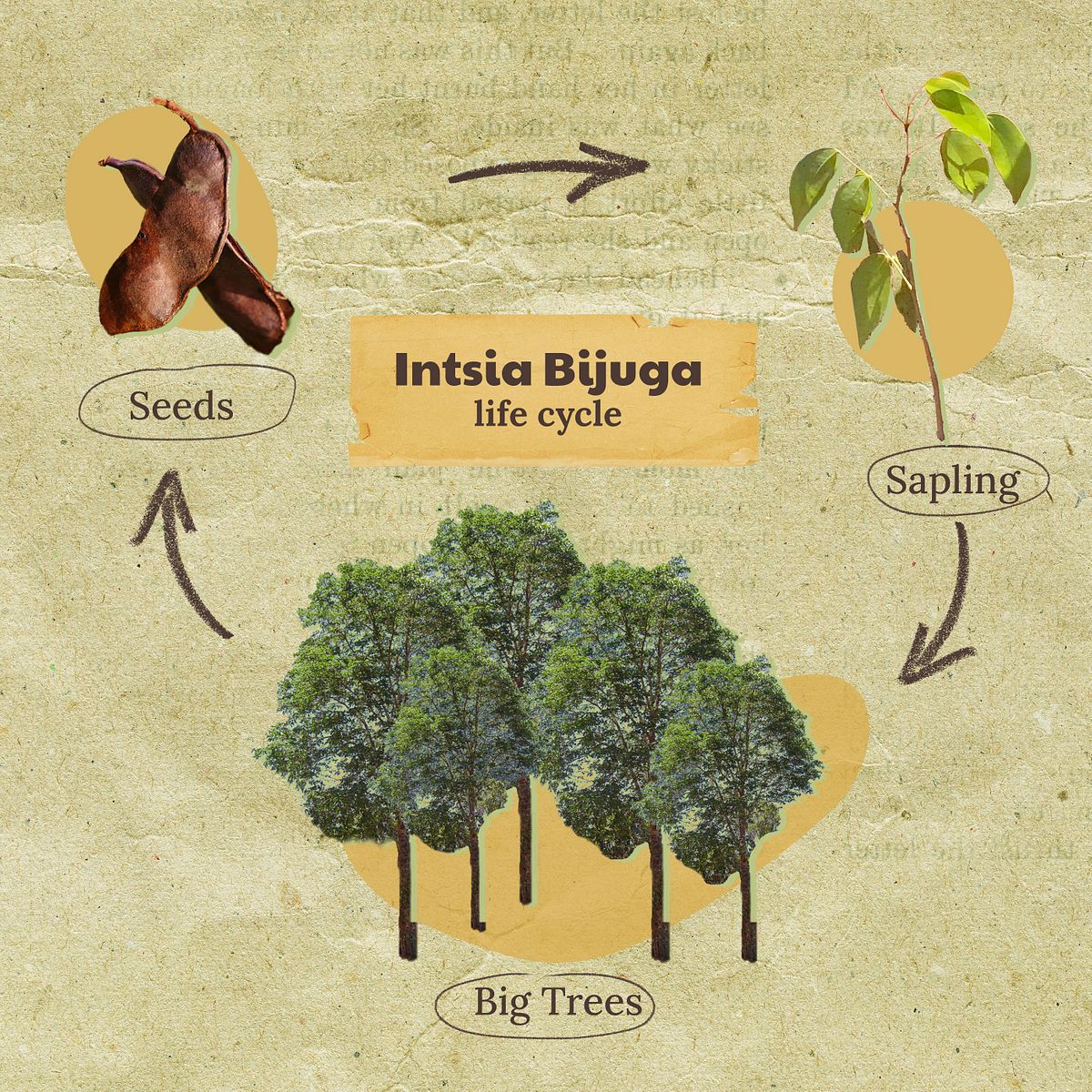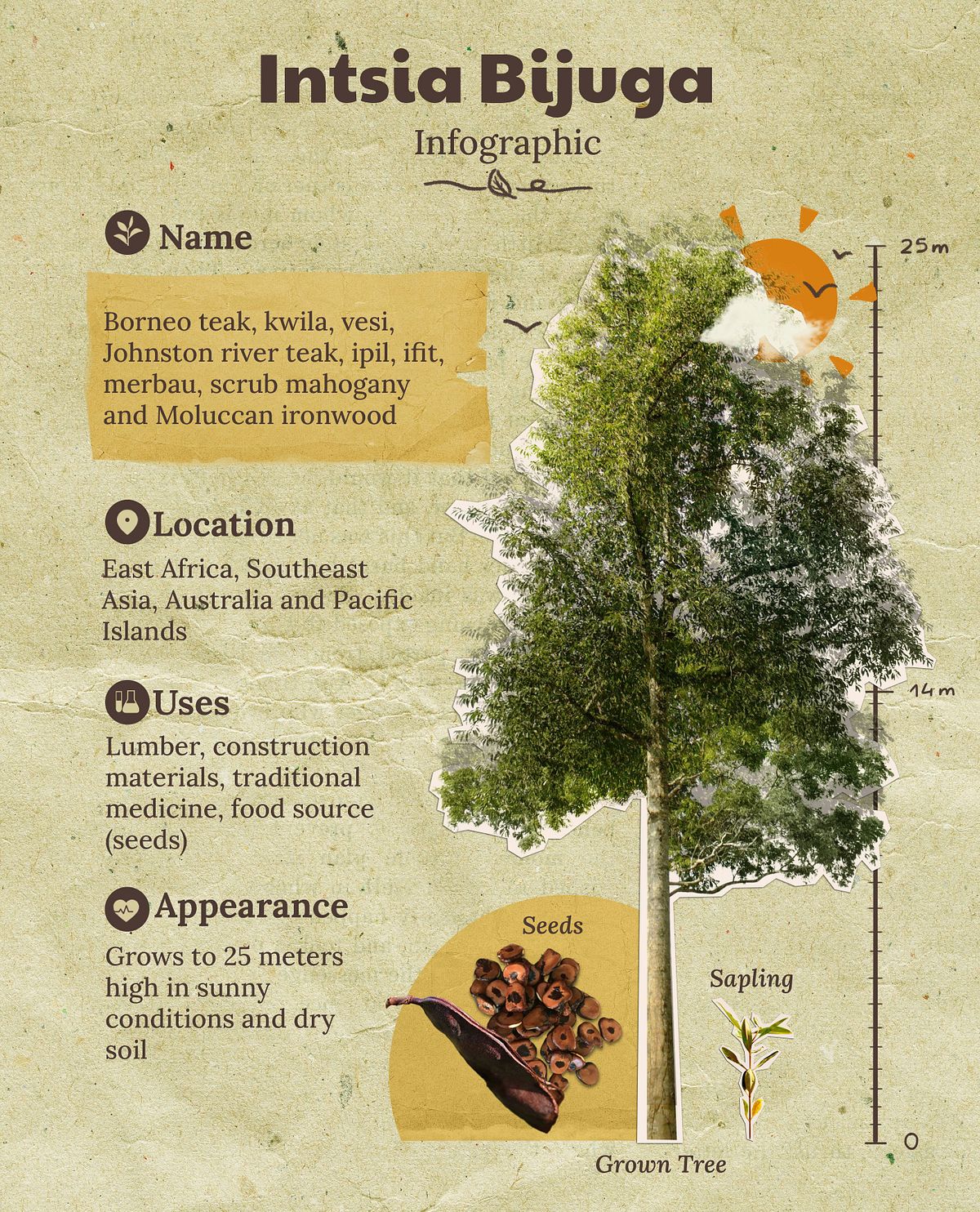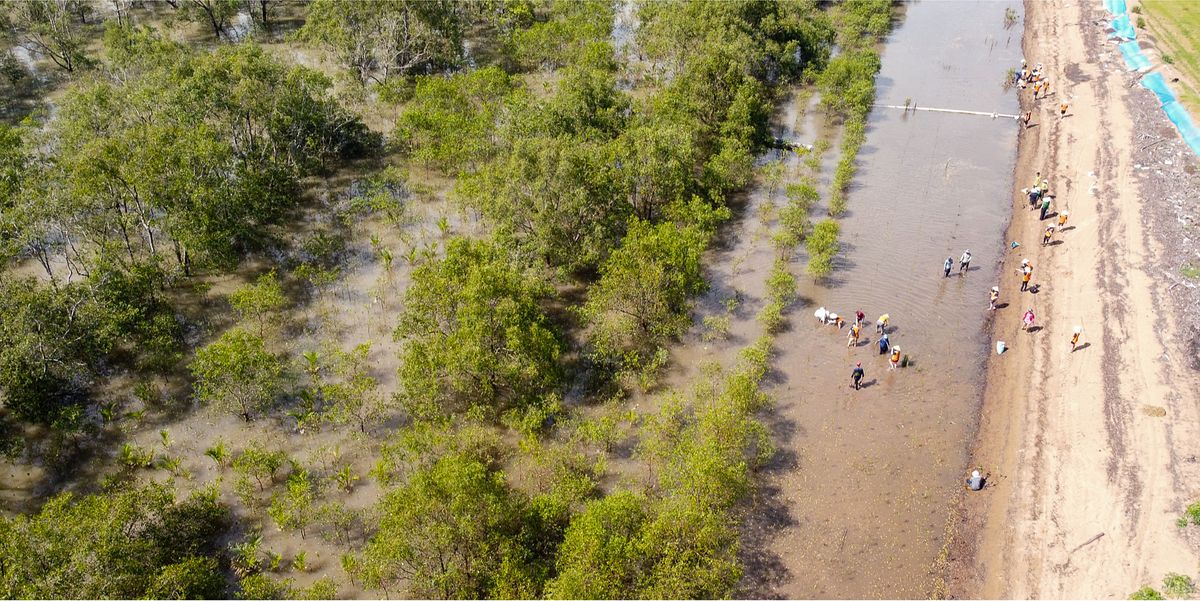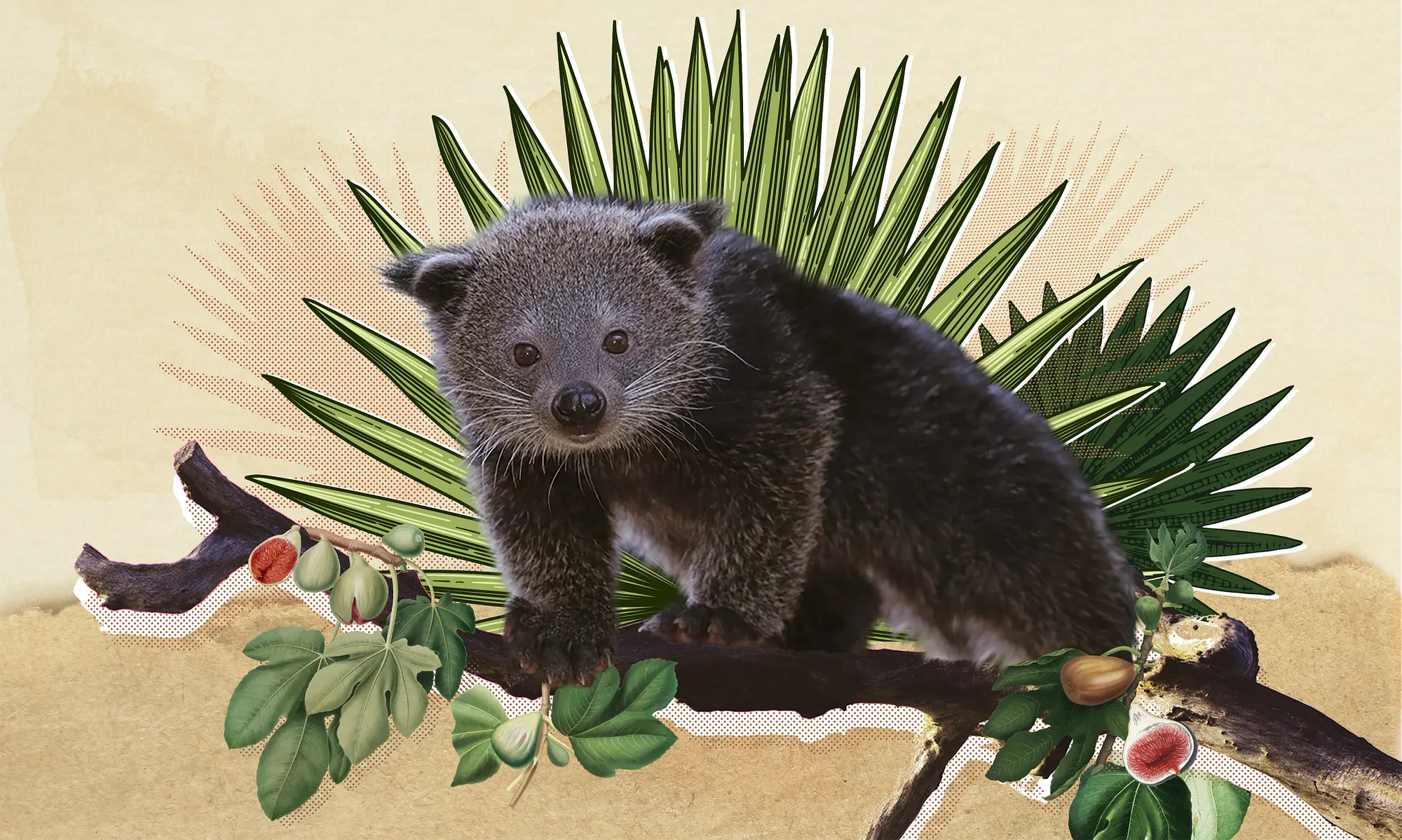Is it true that the more names something has, the more beloved it is? Consider all the nicknames you have for your best friends, or the myriad of terms people have invented for deities. If one can assess value by tallying up all the terms that define it, surely Intsia bijuga is a cherished species of tree.
Borneo teak, kwila, vesi, Johnston river teak, ipil, ifit, merbau, scrub mahogany and Moluccan ironwood are just a few of the names given to Intsia bijuga, a member of the Fabaceae flowering tree family. In Vietnamese, the tree is known as gõ nước or bần ôi. With a native range that sweeps across Southeast Asia and Oceania, as well as Madagascar, gõ nước has seemingly as many uses as it does names.
Anyone that has spent time in online plant-identification groups knows that one of the first questions people ask is if they can eat the fruit and whether it tastes good. For gõ nước, the answer is no, and the fruit may indeed be poisonous. But while not delicious nor particularly nutritious, in times of famine, people do soak the seeds for several days before eating and consuming them.

Intsia bijuga has greater value for humans than consumption, however. The bark has been relied upon for traditional medical treatments in different cultures, including Vietnam, to treat rheumatism, dysentery, diarrhea and urinary issues. It was even considered sacred in Fiji, and bowls were made with its wood to serve the island’s traditional beverage, yogona.

Intsia bijuga’s most notable contribution is as a prized source of lumber for a variety of construction projects due to its strength, durability and moderate water resistance.
In Malaysia, Papua New Guinea and the Solomon Islands, it is used to make bridges, railway cars, houses and furniture, in addition to home goods such as utensils, walking sticks and ornamental carvings. Numerous seafaring cultures have relied on it to construct masts, hulls and oars in addition to canoes. Notably, the wood is prized as a luxury material for flooring, furniture and musical instruments. Gold flecks that occur naturally in the reddish timber make it particularly popular amongst Chinese consumers, who have increased export demand across the region.

However, this demand is outstripping worldwide supply, and gõ nước is classified as a vulnerable species on the IUCN Red List. If illegal logging continues at current rates without increased conservation efforts, Greenpeace worries the species may be lost within the next 35 years. And if gõ nước vanished, it would have a ripple effect across ecosystems of potentially unknown gravity. Its roots protect the soil along waterways alongside mangroves and safeguard against erosion and wind damage; it serves as a source of nitrogen fixation which improves soil quality; and the trees are good shelters for nesting birds as well as a food source for pollinators.
Fun Fact
Intsia bijuga has been relied upon for traditional medical treatments in different cultures, including Vietnam, for treating rheumatism, dysentery, diarrhea and urinary issues.
From sao la to the Cát Bà langur, Saigoneer’s Natural Selection series often features plant and animal species on the verge of extinction, and our takeaway is frequently “we'd better appreciate them while they are still here.” It is thus a surprise to learn that conservation efforts in Vietnam are expanding to ensure that Intsia bijuga not only survives, but thrives in the decades to come.

MangLub is a social enterprise group that plants mangroves in the Mekong Delta to prevent soil erosion and guard against the damaging effects of storms. Two years ago, they noticed a single wild gõ nước tree which made them curious about the species in the greater region. They discovered that there are less than 100 growing in Trà Vinh, and they had completely disappeared from nearby coastal provinces such as Long An, Tiền Giang, Bến Tre, Sóc Trăng and Bạc Liêu. MangLub was eager to see if they could do something while there was still time.
Not only would the planting efforts coincide with their other work and improve the overall health of mangrove ecosystems, benefiting humans, plants and animals alike, but it could serve as an inspirational model for local children to teach them about the importance and potential of conservation. They hoped their modest start would be noticed by other groups and governments and gain momentum.



In April of 2021, MangLub inked the paperwork to officially launch their Intsia bijuga conservation efforts with the establishment of a nursery in Trà Vinh’s Long Vĩnh Commune under the sponsorship of SK Innovation. It then took a month to gather seeds with the help of provincial forestry experts. The government also helped when, a year later, the seedlings were ready to be planted under the sponsorship of GEMALINK by keeping them at their station where they could be safeguarded. And this year, they are expanding their partnerships to include work with the United Way and a foundation in France while continuing planting programs with the assistance of SK Innovation. MangLub is also exploring different varieties of trees to plant, such as Rhizophora apiculata.
Educating the public is a critical part of MangLub's efforts, which includes ecotours that invite participants to experience planting and tending trees
Educating the public is a critical part of MangLub’s efforts, as exemplified by programs such as their Mangrove Planting Experience (MPE), an ecotour of sorts that invites participants to experience the planting and tending of trees. Older members of the local community are pleasantly surprised to see the return of a species that some of them hadn’t seen since their childhoods. If MangLub and their partners are successful, the tree may again be used in traditional medicines that replace or supplement hospitals and drug stores.
The thrills of learning about new plants and animals nowadays is often accompanied by acknowledging the sobering reality that many of earth’s fascinating organisms are in decline. But gõ nước offers a glimmer of hope. Not only are efforts being made to bring it back into areas it has nearly vanished from, but such activities may help inspire people to work as better stewards for all sorts of plants, animals and ecosystems.
















